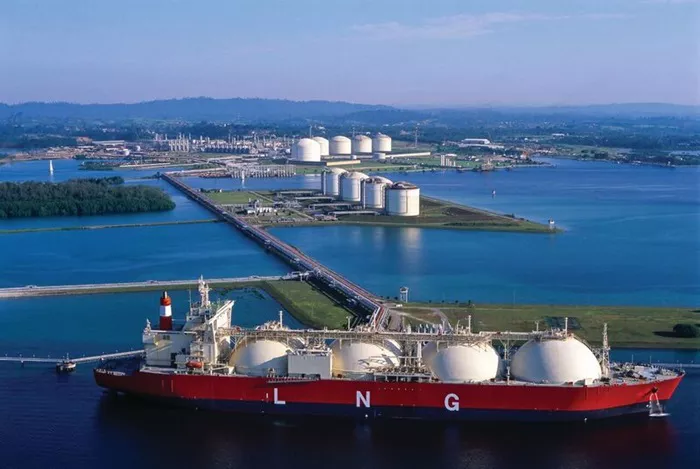As winter sets in, Europe’s natural gas markets are tightening, driving up the cost of liquefied natural gas (LNG) imports, with fears of a colder winter intensifying competition for global supply. After two relatively mild winters, Europe is bracing for increased demand as temperatures drop, further complicated by ongoing geopolitical tensions and potential supply disruptions.
Rising Demand and Surging Prices
In recent weeks, Europe has significantly ramped up its imports of LNG, particularly from the United States, where gas prices at the Henry Hub are much lower compared to Europe’s benchmark, the Dutch TTF Natural Gas Futures. However, with the peak heating season approaching in the northern hemisphere, Europe is competing with Asia for limited LNG cargoes, causing prices to spike.
The surge in demand has already driven European natural gas prices to a two-year high. On November 22, the price for the front-month Dutch TTF contract reached $51.35 per megawatt-hour (MWh)—equivalent to $14.97 per million British thermal units (MMBtu)—nearly five times higher than U.S. prices. This widening price gap has incentivized U.S. exporters to divert LNG shipments to Europe, with some cargoes originally destined for Asia being rerouted to meet the continent’s rising demand.
According to vessel-tracking data from Vortexa, at least 11 LNG cargoes have been diverted from Asia or Egypt to Europe in recent weeks.
Geopolitical Tensions and Supply Concerns
The ongoing geopolitical tensions in Europe add another layer of uncertainty. A dispute between Austria’s OMV and Russia’s Gazprom, coupled with the impending expiration of the gas transit deal via Ukraine at the end of 2024, has left Europe on edge about future Russian gas deliveries. Ukraine has indicated it will not pursue negotiations to extend the agreement, further compounding concerns over the reliability of pipeline gas supplies.
These disruptions have contributed to the surge in gas prices, with the Dutch TTF futures climbing by 40% since September. The end of the mild winters in 2022 and 2023, combined with tightening supplies, have made this winter season a critical test for Europe’s energy security.
Supply Shifts: U.S. LNG and Asian Retreat
As European prices continue to outpace those in Asia, U.S. LNG exporters are increasingly directing their cargoes to Europe. In November, Europe is expected to import 9.16 million metric tons of LNG—its highest volume since February—largely driven by shipments from the U.S., which are estimated at 4.32 million tons.
Meanwhile, Asia is poised to reduce its LNG imports, particularly from the U.S., as price-sensitive buyers in South Asia pull back from the spot market in response to rising costs. China, however, has managed to maintain comfortable inventory levels, further easing the pressure on the region’s LNG demand.
A Colder Winter and Tightened Market
The U.S. Energy Information Administration (EIA) has warned that global natural gas supply balances could tighten this winter, with colder-than-usual temperatures forecast in parts of the northern hemisphere. A shift from El Niño to La Niña conditions could bring colder, drier weather to Europe, exacerbating the pressure on natural gas supplies. The European Centre for Medium-Range Weather Forecasts predicts particularly cold conditions in northwest and central Europe.
With these factors in play, Europe is facing a winter marked by rising LNG prices and the looming uncertainty of reduced Russian pipeline gas. While there are no immediate warnings of a gas shortage, Europe will likely face higher costs for its energy security this winter season, a stark contrast to the relatively stable conditions of the past two years.
As Europe scrambles to secure its energy supply, it must contend with both the volatile LNG market and the potential for colder-than-expected temperatures, leaving consumers and industries to brace for the financial impact of a tighter gas market.
Related topic:

